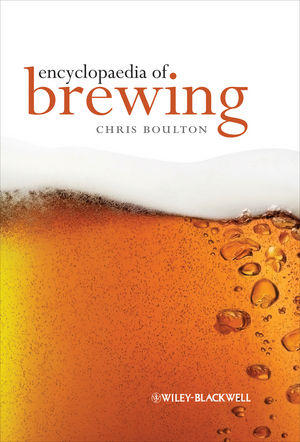How to address waste issues in beverage operations
Containment must be part of solution in packaging processes

The plethora of concepts, applications and results have provided a historical evolution on the issue of waste. Past research and 50 years of recent data indicate the waste situation has prevailed in process industries around the globe. So, what is meant by “waste?” Regardless of the product being manufactured, the process of converting raw materials into finished product creates residuals commonly classified as “waste.” Why is this important, and how is the issue contained?
From an operations perspective, it is important to obtain 100 percent utilization of all materials used in a manufacturing process. This might be possible, but highly improbable. Therefore, waste can become a substantial issue. Is there a good approach and what goals can be established to minimize waste? A logical approach entertains the idea of addressing the creators of waste: raw and packaging materials, and to evaluate the factors involved in each category.
In the raw materials category, the traditional goal has been to strive for 100 percent yield (no leftover residuals). Observations and research reveal yield is a prime concern with most beverage manufacturers. The following are some of the factors that might affect yield:
- The manual measurement methods and devices used
- Insufficient personnel training
- Sources of pre-prepared product
- Frequent formulation changes
In addition to these frequent causes, unprotected storage, mishandling damage and improper procedures can add to the raw materials’ yield situation.
To minimize or eliminate these factors, beverage manufacturers during the past 25 years have made considerable progress by automating a large portion of the raw material handling, measuring and formulation processes. Partial resolution to the raw material yield issue has been more frequent updating of usage standards, a more progressive conservation philosophy and a recycling posture establishing a protocol to obtain the goals.
In the beverage industry, formulations and recipes are very precise, require a designed amount of each ingredient and lend the process to automation. However, even with improved technology, qualified operators and a positive management philosophy, containment of yield in raw materials will continue to be challenging. Yet, constant laboratory work is being done to obtain the allusive 100 percent yield, but keep in mind, that the cost of getting and maintaining containment must be compared against the cost of loss in yield.
In the packaging materials category, the waste issue might become more acute and difficult to contain. Although yield might not be the most appropriate term to use, factors come into play that directly affect packaging material usage of less than 100 percent. Because packaging materials represent a large portion of product cost, it is significant to review the circumstances. The following are some of the factors involved in packaging materials loss:
- Unrealistic usage standards
- Inapplicable zero defect specifications
- Agency recycling directives
- Operating line speeds
- Machinery/materials incompatibility
In addition to these factors, in-house protection, in/out handling and obsolete events can contribute to “waste” in the packaging materials category. With the advent of self-manufacture, the waste issue can become even more complicated depending upon the cost structure of the manufacturer/producer operation.
Within these factors, it is important to recognize the onus of “waste” in packaging materials and efforts for cost reduction and containment is a management initiative that might require philosophy and procedural changes. Of the many approaches used, the most basic and fundamental plan to reducing and containing waste creation is to “define the plan” and make someone responsible.
When it comes to the waste conundrum, some steps and actions might be helpful in assessing conditions and opportunities. A preliminary study could include the following analysis:
- Review raw and packaging material usage records
- Determine if usage standards exist and are correct
- Define high loss areas (items)
- Recap dollar loss data
- Discuss data with a select group
Executing these actions would be the first step in addressing waste before tackling containment.
Yield concerns in raw materials and usage losses in packaging materials are part and parcel of the beverage industry. This has been stated before: from experience, observation and detailed study, the waste factor has always been a priority project.
In today’s beverage operations, waste and sustainability even are more critical because the factors of recycling, agency regulations, local rules/ordinances and environmental issues have been predominant in almost every beverage segment.
With the SKU explosion, a larger variety of products, containers and packages have taken place on the beverage gondolas. Behind those SKUs, remember all the questions to be answered. What material is safe to use, will it affect my health, is it recyclable and how will it affect the environment? BI
Looking for a reprint of this article?
From high-res PDFs to custom plaques, order your copy today!






